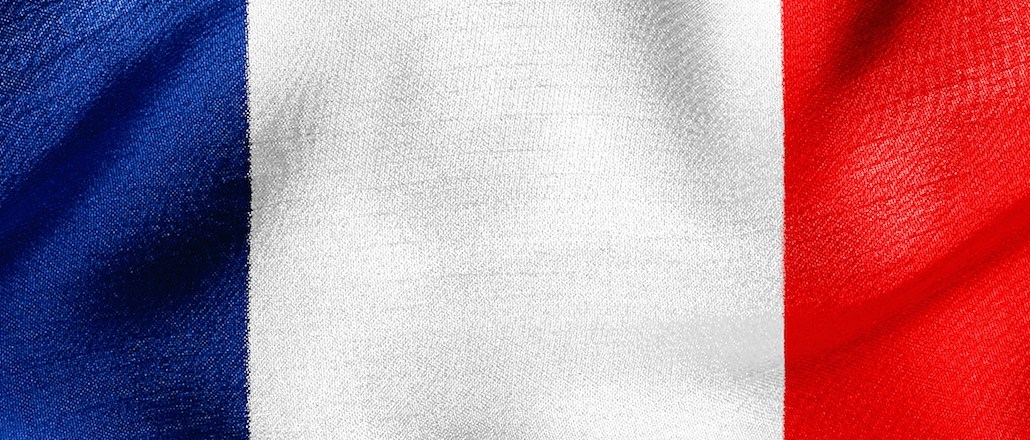Save 50% on a 3-month Digiday+ membership. Ends Dec 5.
Mais, non! French publishers find tougher tactics actually work with ad-block users

In the battle against ad blocking, more evidence emerges for publishers that the tougher approach gains better results.
During a weeklong test by a collective of publishers in France last month against ad blocking, publishers took various approaches to combating ad blocking, ranging from blocking users altogether to imploring them to turn off their blockers. While it’s hard to compare across different audiences, what emerged was that publishers taking harder lines, as opposed to more polite si’il vous plait approaches, were more successful in changing behavior. The stick beat the carrot.
Sports daily newspaper, L’Equipe, took the most severe approach, blocking content outright and saw the highest percentage of ad blockers whitelist the site, around 40 percent.
“We wanted a collective movement with many publishers, but we decided we couldn’t have only one solution for us all,” said Bertrand Gié, head of digital at Le Figaro and vp of Le Geste, the French publishing trade body that spearheaded the challenge to ad blocking, which also included most news publishers, Le Monde, Le Figaro, RTE, Le Parisien and L’Equipe. “It turned out to be a very intelligent decision because all of us tried different things, and we can see what worked.”
At Le Figaro, the publisher saw 20 percent of users whitelist the site during the trial. According to Gié, the percentage of people whitelisting L’Equipe was “more than double” the number that Le Figaro saw.
L’Equipe blocked content to those who had ad-blocking software installed, asking people to disable the ad blocker or whitelist the site. Although it is worth noting that L’Equipe has a strong focus on sports, as publishers try to be all things to all people, those that have a clear value add will be more successful in asking people to whitelist their site. This was also the case with City AM, the U.K.’s financial free-sheet, whose ad blocking trials saw nearly a quarter of people turn them off.
L’Equipe chose to limit its test to just a week because it was seeing its search ranking decrease from blocking the content from those with the software installed. Other publishers kept their ad-blocking deterrents running for longer. Le Figaro, for instance, is still serving messages and blurring articles to those with blockers installed. Although Gié said this is coming to an end this week so that it can begin testing other messages, like incentivizing blockers to whitelist in exchange for a week’s access to its premium subscription offering.
Ad position: web_incontent_pos1
Le Figaro opted for this tactic to deter ad blockers because the publisher wanted a clear message that avoided making the reader feel guilted into whitelisting the site. Also, by not actually blocking content to those with the ad-blocking software installed, Le Figaro avoided losing position in search ranking.
Le Monde took a less pushy approach in the tests by informing users that the site was ad-funded and needed to serve impressions to pay its journalists. It has seen 13 percent of people whitelist the site. According to the publisher, it plans to run more tests in the next few months once it has built a specific subscription offering to offer ad blockers, and once it has tested other messages.
According to research by Ipsos around 33 percent of Internet users in France have an ad blocker installed. As part of the action, the publishers are working to clean up their sites from intrusive ads too. Gié acknowledges they have a responsibility to deliver a safe environment and strip out nuisance ads and better use data to improve the relevance and quality of the experience.
Le Geste’s session debrief with publishers found all were pleased with how the tests went. As more tests will be run, it seems publishers will all be turning up the heat.
“Ninety percent of our income is advertising,” said Gié. “We have to try everything to fight this problem.”
More in Media

What publishers are wishing for this holiday season: End AI scraping and determine AI-powered audience value
Publishers want a fair, structured, regulated AI environment and they also want to define what the next decade of audience metrics looks like.

Digiday+ Research Subscription Index 2025: Subscription strategies from Bloomberg, The New York Times, Vox and others
Digiday’s third annual Subscription Index examines and measures publishers’ subscription strategies to identify common approaches and key tactics among Bloomberg, The New York Times, Vox and others.

From lawsuits to lobbying: How publishers are fighting AI
We may be closing out 2025, but publishers aren’t retreating from the battle of AI search — some are escalating it, and they expect the fight to stretch deep into 2026.
Ad position: web_bfu